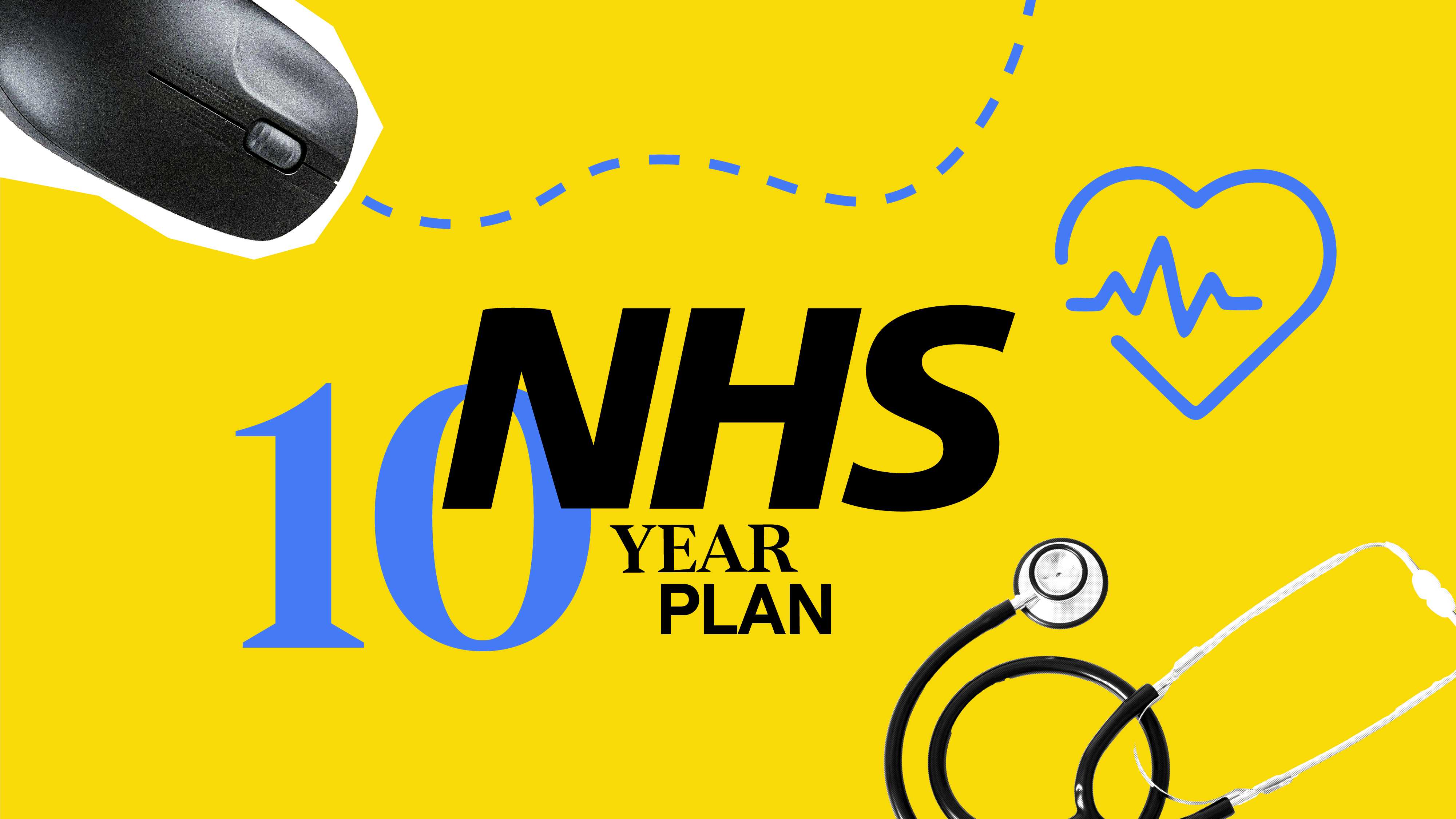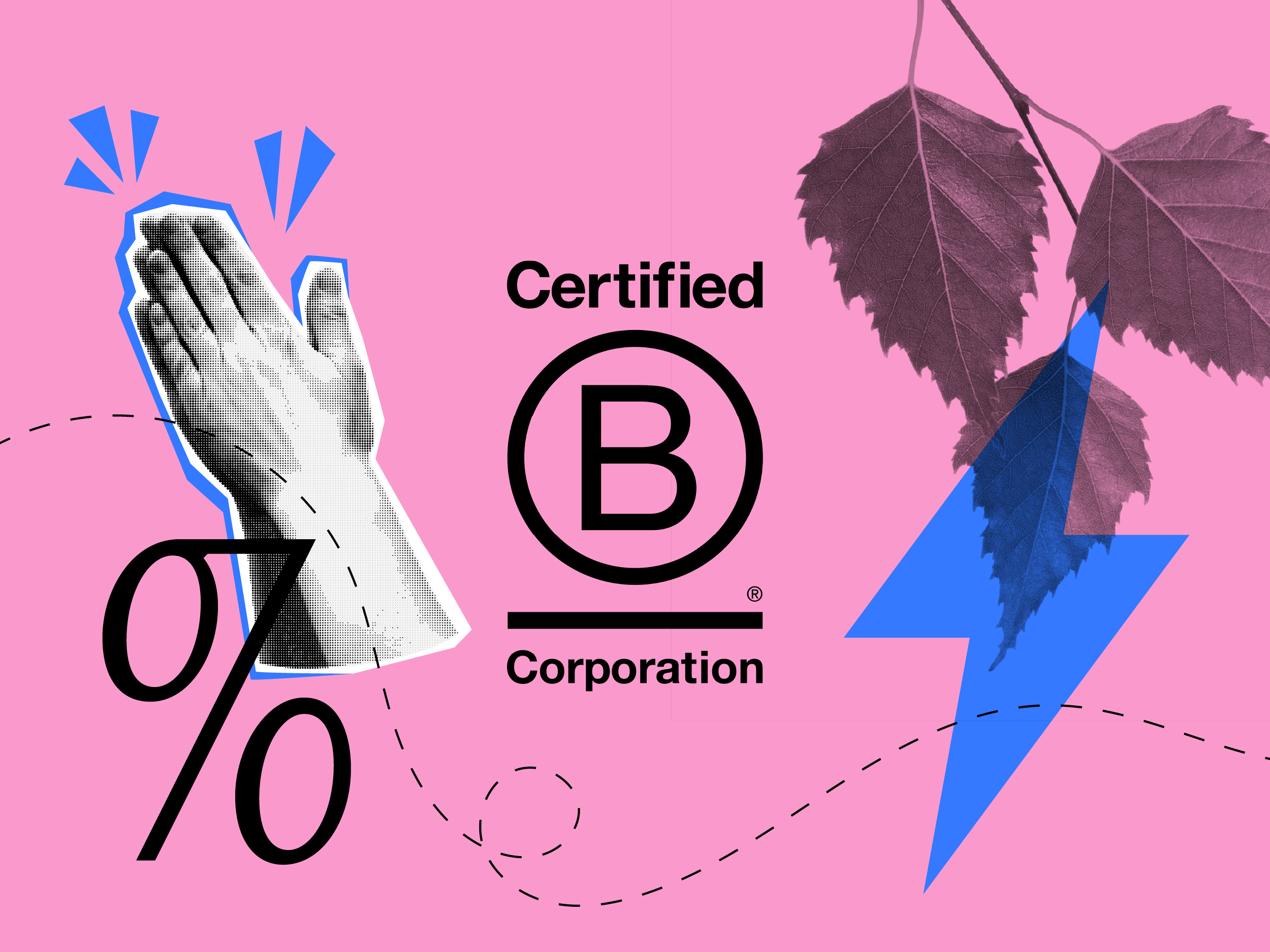As a health- and politically-interested human, and as I head up a health-specialist creative agency, I’ve been looking forward to the release of the NHS 10 Year Plan. Having digested the Plan, I have many (many) questions and gripes, but I’m choosing to respond with optimism and positive challenge. After all, just as there’s no denying the lack of novelty, clarity and, well, actual planning in the Plan, there’s also no denying that we need its success. I want to play a part in helping that.
In this article I’m providing a personal perspective on the NHS 10 Year Plan and on opportunities to enable it through creativity and communication.
7 ways creativity can enable the NHS 10 Year Plan:
Reform of the NHS won’t come through bold political claims or even through system change alone. Patients, colleagues, critics and industry must be brought along on journey of change, and on one of rebuilding trust in the NHS’ brand. At ThreeTenSeven, we’ve been the branding agency of NHS England for several years now, so are well placed to speak to that challenge. We've delivered the NHS England’s brand strategy, brand policy and brand guidelines, and previously NHS Digital’s brand strategy and identity. We’ve watched as new efforts to ‘digitalise’ have been introduced (hello NHSX) and as service quality has been eroded – and NHS trust scores have declined in line with service.
Now, despite the clear flaws in the plan, I’m speaking up because there is a huge opportunity for creativity and communications to help make the NHS 10 Year Plan a reality, across seven key areas:
We need a redesigned app that puts patient needs first and centres on whole-person health...
1. Repositioning the brand as true digital leaders.
A true, seismic digital shift is promised in the NHS 10 Year Plan, taking the service “from bricks to clicks”. The digital promises are many and varied: becoming a world centre for AI, making the NHS App the perfect doctor in your pocket, finally implementing a single patient record, digital red books for new parents, using tech to streamline back-of-house processes… And on and on.
It’s right, but it’s nothing new; ‘let’s be digital’ has been said so many times before but never achieved, and frankly it’s just unbelievable right now. And if people don’t believe the NHS can ever nail digital, there’s no chance of attracting the best tech partners or talent to work in it, and the dream will truly never come to fruition.
This time there needs to be a new approach to its digital transformation alongside a repositioning of the NHS brand to ensure it’s taken seriously in the digital sphere. That’s through coherent messaging that speaks to the best tech industry partners and talent and makes the 10 Year vision much more believable. It’s through compelling, creative recruitment campaigns that appeal to that best tech talent, whether domestic or from overseas, to persuade them to be part of the delivery of the digitisation of the NHS. And weaving modern brand assets into the NHS brand.
We had this exact challenge in our brand for NHS Digital, which we then incorporated into NHS England under the restructure, so more ‘industry-savvy’ assets already exist. Assets like these need to not disappear with the disbanding of NHS England, and must be reflected in the wider NHS brand toolkit. The brand must be carefully evolved to start to paint a picture of a more digital NHS, to match the promised system and service changes.
2. Look to patients and to Europe to build the NHS App we need.
The NHS App is too much of a problem to unpack here. Suffice it to say that to achieve anything near the promise that is set out in the 10 Year Plan for the NHS App, a truly human-centred UX process is needed, led by experts, not politics or existing system capability. A redesigned app that puts patient needs first and centres on whole-person health has the potential to enable huge population-level behaviour change, reduce the burden on primary care, and start to rebuild trust in patients around the NHS as a digital-first organisation.
There are fantastic examples to look at in Estonia, the poster child of digital health, as well as Sweden and Singapore; these are the levels of digital experience we must achieve. The NHS can’t wait on this either; even while the fundamental issues with the NHS App around interoperability, health records and integration aren’t solved, the App could be improved vastly through better content and delivery, right now.
If even a 69-year old grandmother is telling the NHS to use TikTok, isn’t that a sign it’s behind the times?
3. Building patient understanding and opt-in to digital services.
The new digitally-integrated care system relies on data. Indeed the plan states that “high-quality, interoperable health data, is the lifeblood for AI algorithms, the raw material for genomic discovery, and the context for wearable insights.”.
But there’s a huge unmentioned challenge around building understanding and trust in digital and data, and ensuring patient opt-in to data-sharing, to ensure success of the move to digital.
In previous projects with NHS Digital we analysed how the NHS communicates around data opt-in and found it to use problematic language that doesn’t build positive sentiment around data sharing. In fact, they pretty much talk people out of it. So as well as building trust in the NHS as a data owner by actually improving policies and practices around data sharing, a wide-reaching PR and comms strategy is needed, focussing on data consent. We need to use medical content creators to spread positive messages about data opt-in, arm primary care/HCPs with reassurance, and actively address patient challenges via targetted media campaigns. Trust in digital and data isn’t a given, it must be earned, so hurry up and start, NHS.
4. Build the NHS brand back; be cautious of launching new NHS brands.
The NHS brand is still one of the most recognised brands in the world but trust scores have dipped considerably in the last 10 years, and especially since Covid’s high point. While the blue lozenge logo is unlikely to go anywhere, we are in the midst of a huge rationalisation exercise of sub-brands and associated entities, so careful attention must be paid to ensuring the new organisational structure is transparent and easily understood via a clear brand strategy.
That means avoiding the temptation to add new, politically-driven sub-brands that ultimately don’t serve a purpose for patients. For example I can smell some sub-branding around the Neighbourhood Health Centres hinted at in the Plan, though it's not directly mentioned. With this and any other ideas, we must ask ourselves why this is needed. What benefit will this offer to patients in their understanding, trust, belief in the NHS? What are the dangers around confusion? Can we prove the strategic solution through robust audience research?
5. Embrace social-first marketing and HCP influencers to deliver behaviour change.
The 10 Year Plan promises more online advice via the NHS App to enable people to take control of their own health. I support this. But the NHS need to start meeting patients where they are with that advice.
Forget traditional media and start going with what works: promoting (preventive) health information via health influencers and get on board with short form video content. We know that clinicians who build authority on short form platforms amass huge followings and can effectively challenge misinformation and spread positive advice. So it’s time the NHS stopped ignoring this, stopped hiding behind risk aversion, and created its own strategy for getting ‘online advice’ out beyond the App and into the feed.
Recently I saw Dame Lesley Regen, the UK’s Women’s Health Ambassador, speak to exactly this, promoting the NHS to stop going for traditional media and to start using short form when it comes to women’s health messages. If even a 69-year old grandmother is telling the NHS to use TikTok, isn’t that a sign it’s behind the times?
We’re using scientific experimental design that can give data-driven confidence in health messaging strategies.
6. Nuanced public health communications to drive behaviour change, not one-size-fits-all.
The preventative agenda is key to improved population health and a better public health communication strategy is needed. One that’s not a one-size-fits-all approach though, because what drives me to get moving, eating better, self-checking, et cetera, will be different to what drives the next person. We have to do better than broad brush campaigns like the NHS’ Better Health campaign, and instead deliver highly segmented and nuanced messaging that matches identified needs, using AI-powered insights and media placements.
I also broadly support the principle of the 10 Year Plan’s efforts to gamify preventative health behaviours – it mentions a ‘new health reward scheme to incentivise healthier choices’ – as this is shown to be highly effective, especially in exercise/movement. But for success we’d need evidence-based communications frameworks to inform the messaging and promotion strategy. Make sure, again, that promotion is highly nuanced, and ensure smart language choices help support true behaviour change.
Speaking of exactly that, ThreeTenSeven is currently working with Revealing Reality on an exciting research project on what language really works when it comes to motivating healthy behaviours. We’re using scientific experimental design that can give data-driven confidence in health messaging strategies. We’re launching this in the Autumn, message me on LinkedIn to hear more.
7. Creating a shared design framework for digital tools in the ‘HealthStore’.
The HealthStore promised within the NHS App is a major opportunity to showcase the very best in digital health, but only if the tools it offers are consistently excellent. If the NHS wants to lead in digital innovation, it needs to actively support developers to create world-class, highly usable, human-centred applications that make a tangible difference to people’s lives, with as little friction by design as possible.
There’s already a solid foundation in place – standards like DTAC, the NHS Service Manual and API requirements all play an important role. The fabulous ORCHA provide robust assessments of safety. But right now, the design standards and NHS regs sit across different platforms and organisations, often fragmented and difficult to follow. The real opportunity is for the NHS to bring these into one clear, cohesive design framework, to form a single, high bar that all developers can design to. Set the standards properly by working with UX and UI designers, experience architects and real patients, and the NHS will enable better tools that ultimately better support patients’ care.
-
I could continue ad lib with this topic but I'd love to hear your thoughts so please reach out on LinkedIn.




